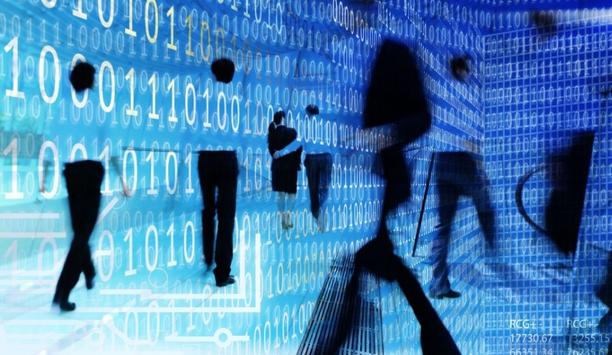Arteco’s VCA video analytics system is their latest new product, signalling a move from machine vision-based analytics to deep learning video analytics. A server – separate from the Arteco video management system (VMS) – manages the algorithms for the analytics. Arteco has been field-testing the product for a year and a half and had planned to launch it officially at ISC West in March (which was postponed). In lieu of the trade show launch, the company has been presenting the product (along with partners) through a series of webinars.
The deep learning video analytics product operates out of the box – “just turn it on,” says Steve Birkmeier, Arteco VP of Sales. Functionality is based on “training” of pre-classified objects, such as differentiating between a person, an animal, a vehicle, or just clutter. The deep learning library focuses on people and vehicles.
Detection and identification
The new system detects everything in the field of view
The new system detects everything in the field of view and only identifies what the operator is looking for, thus reducing false alarms. Any identified object is provided with an accuracy reading (e.g., 92% confident it is a human.) The system can be set up from the graphical user interface (GUI).
Arteco VCA (video content analysis) also uses analytics rules, such as “if A+B=C, then do D.” Therefore, an abandoned object may elicit a different response than a violated area.
With roots in the industrial automation market of the early-2000s, Arteco offers an event-based video management system (VMS) platform. That is, their emphasis is on identifying and providing video at the moment something happens rather than managing a vast amount of video that shows, in effect, nothing of interest. Arteco’s system, providing functionality expected in a full-featured VMS, is designed around the need to react to exceptions and events.
Video verification
“We can pull in events from any type of system and provide the related video,” says Steve Birkmeier, Arteco VP of Sales. “It can be access control, fire, intrusion, perimeter security, radar or microwave barriers, vape sensors, license plate recognition, or whatever.” An open connector, xml framework enables Arteco to interface with other systems and provide video verification of events.
In addition to a focus on event-based video, Arteco also emphasises ease of use, building on their 20-year history with video analytics. Another point of differentiation is their open architecture that easily and repeatably enables incorporation of third-party “events.” Finally, Arteco’s systems are competitively priced (less expensive), including flexible pricing and licensing structure to maximise value for a customer.
In addition to security, there are multiple operational applications that use video verification
In addition to security, there are multiple operational applications that use video verification. For example, integration with warehouse management software using metadata from warehouse surveillance video can provide a searchable database. An operator can enter a purchase order number, for instance, and the system provides video associated with that sale.
The role of video in physical security
Arteco has traditionally been a strong player in the utilities vertical, where event-based video management is useful to keep watch on high-value assets located in remote areas with little physical security.
Another strong vertical is car dealerships in the United States, including security and loss prevention applications as well as integration with fleet management (using RFID and/or license plate reading). Arteco’s heat mapping capabilities can help a car dealer analyse customer activity to guide merchandising decisions, in the same way a retail store might. Big-box stores are another application for Arteco’s combination of marketing analytics, security and loss prevention.
Arteco’s strength is also proving useful in the emerging, highly regulated cannabis industry. State regulations require that each marijuana plant be tagged, and systems are required to provide total chain of custody records from “seed to sale.” In the case of Arteco, video associated with a specific plant tag is available at each stage of growth, production and sale.
Coronavirus and video management
The analytics can detect when people are grouped together closer than 2 meters
As an Italian company, Arteco has already applied its deep-learning VCA product at city centers in Italy, which was hard hit by the novel coronavirus. The analytics can detect when people are grouped together closer than 2 meters, for example, and can provide an alarm if social distancing requirements related to the coronavirus are not being observed.
The system can also detect and confirm the use of face masks at an entrance. Tracking that number – the percentage of customers who comply – in real time might offer additional peace of mind for high-risk customers entering a store, for example.
Birkmeier contends the world has been changed forever by the pandemic, although acceptance over time of new technologies being introduced will vary greatly by geographic location. Already, in the last decade or so, acceptance of video surveillance has been greater, even in the U.S. market, he says. ”More often you hear ‘why don’t you have cameras’ rather than ‘I don’t like these camera here,’” he comments.








